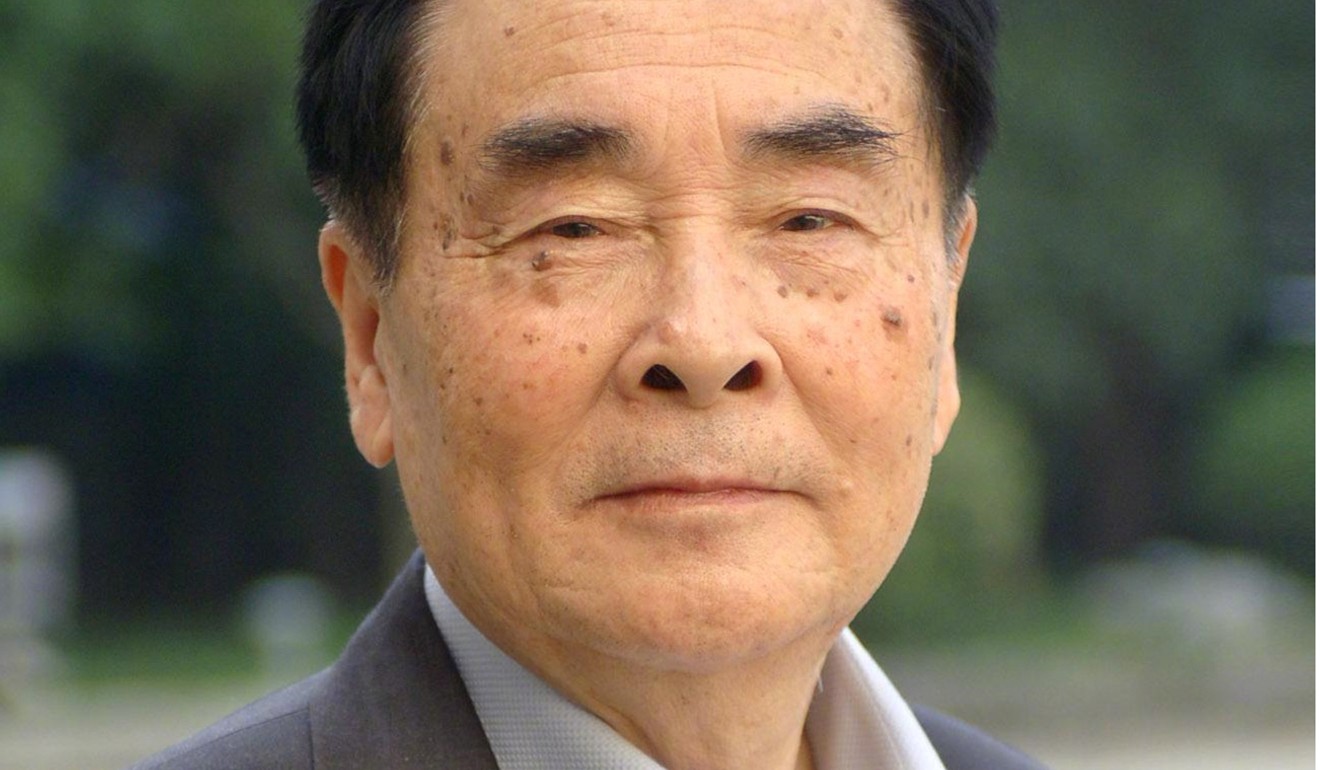
Guns, germs and rice: how the winners of China’s top science prizes point to the future
Awards signal the government’s research priorities for the years to come, analyst says
Weapons developers, disease fighters and food engineers were among the biggest winners in China’s top awards for scientists this year, giving a glimpse of the government’s research priorities.
Tsinghua University associate professor Liang Zheng, who studies China’s science policies, said the State Science and Technology Prizes were recognition of progress made but also pointed to the future.
“You can certainly feel the pulse of thinking in the head of decision makers by reading the names and titles on the awards lists,” Liang said. “They are not just awards for past achievements, but hints to what is to come.”
The central government gives out the prizes each year in four categories: the State Supreme Science and Technology Award, the State Natural Science Award, State Technological Invention Award and the National Science and Technology Progress Award.
Most of the nominees are from government or government-affiliated organisations such as universities or research institutes.

A co-recipient of this year’s 5 million yuan (US$770,000) supreme science prize was Nanjing University of Science and Technology professor Wang Zeshan – the “King of Explosives” – for his work developing some of the world’s most powerful explosives.
But Wang was just one of many researchers awarded for their contribution to China’s rapidly increasing military might.
A new machine to mass-produce high-performance carbon-fibre materials – research led by Professor Jia Zhenyuan at the Dalian University of Technology in Shandong province – won the technology invention prize.
According to the Ministry of Science and Technology, the materials could significantly increase the strength and performance of hi-tech weapons, and were in wide use in nuclear warheads, anti-missile defence systems, attack helicopters and jet fighters.

But this was just the tip of an iceberg.
More than 40 per cent of the 100 other awards handed out at the Great Hall of the People in Beijing on Monday were for work on sensitive military applications.
The other recipient of the supreme science award was Professor Hou Yunde, an 89-year-old virologist recognised for his contribution to the battle against pandemics such as avian flu virus.

The health sector scored more wins than any other discipline in the science and technology progress section, which stressed social or economic impact.
Intensive capital investment in medical research and the return of many Chinese scientists from pharmaceutical companies or life science research institutes abroad helped spur breakthroughs such as a series of new drugs to fight heart disease.

A study of plant genetics with potential to boost rice production and quality won the top state natural science award.
The research, led by professor Li Jiayang from the Chinese Academy of Sciences, was described as crucial for China’s food supply.
Mindful of the need to feed more than a billion people, the central government also acknowledged a range of agricultural research – from work on automated machines for peanut planting and harvest, to new pumps to water farmland, and industrial processing of tomatoes.

Other awards were handed out in the categories of energy production, manufacturing, the internet and artificial intelligence.
But less than 1 per cent of the prizes went to work on the fight against pollution.

